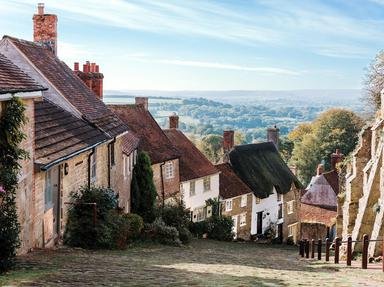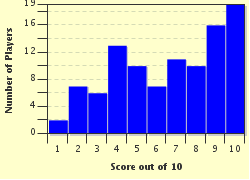Quiz Answer Key and Fun Facts
1. Where is the county of Devon located within the UK mainland?
2. Dartmouth, situated on the south coast of Devon, is home to the oldest working steam engine in the world. Which local lad designed it?
3. Kitley House, in Yealmpton near Plymouth, was the location where Sarah Catherine Martin (1728-1826) wrote a well-known children's nursery rhyme. Which one was it?
4. A north Devon coastal town is the only town in Britain to be named after a novel, penned by Charles Kingsley - which one is it?
5. The bridge located at Bickleigh near Tiverton is the inspiration for the Simon and Garfunkel song "Bridge Over Troubled Water".
6. Plymouth's Roman Catholic Cathedral, built in 1858, was designed by Joseph Hansom. He is also known for designing the world's first what?
7. What makes 'A la Ronde', a National Trust owned building located in Exmouth, completely unique in the whole of Britain?
8. "Princess Caraboo" was a Hollywood film made in 1994, based on the real-life 19th century character, who passed herself off as an exotic princess who spoke in a foreign language. Which mid-Devon village did the impostor originate from?
9. Jacka's in Plymouth boasts being the world's oldest working what?
10. Henry Francis Lyte penned a famous hymn around 1847 in the garden of his home, during the time he spent near Brixham. It has since become The Berryhead Hotel in 1949. Which hymn was it that he wrote here?
Source: Author
english_gent
This quiz was reviewed by FunTrivia editor
Pagiedamon before going online.
Any errors found in FunTrivia content are routinely corrected through our feedback system.


